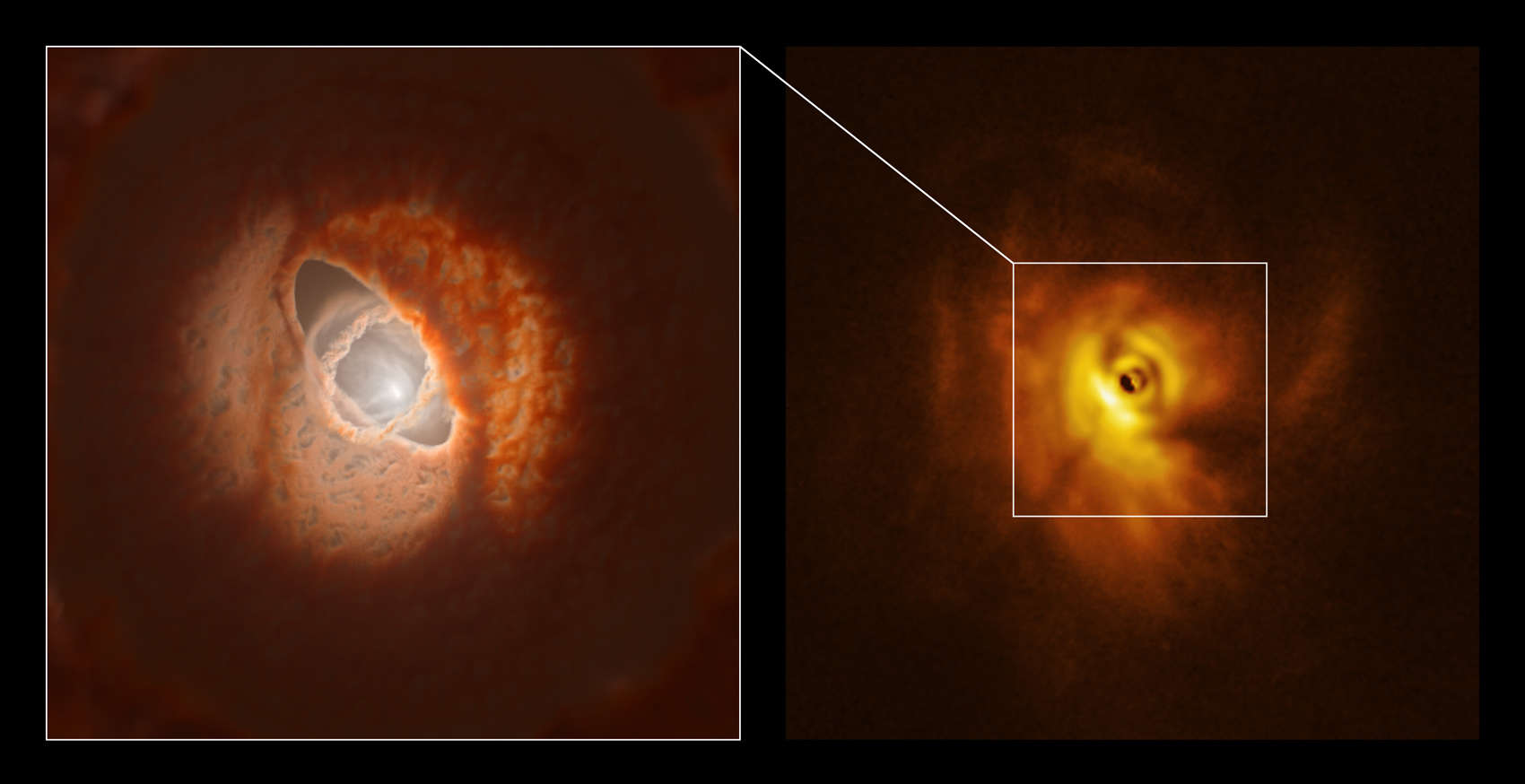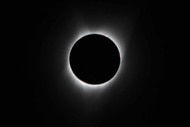Create a free profile to get unlimited access to exclusive videos, sweepstakes, and more!
2020 didn't completely suck: Here are some cool radio astronomy highlights

The year 2020 may have been stinktacular terribleness in many ways, but it wasn't all stinktacular.
For radio astronomy, there were a lot of really important achievements scientifically. I am mindful this comes on the heels of the collapse of the Arecibo radio telescope, so 2020 managed to impinge even here. However, quite a lot of very cool science was achieved at observatories such as the Very Large Array (VLA), the Very Long Baseline Array (VLBA), and the Atacama Large Millimeter/submillimeter Array (ALMA).
The National Radio Astronomy Observatory, or NRAO, is an NSF-funded organization that manages these world-class facilities, and this year they asked me to work with them to create a series of videos highlighting some of the amazing work they've done in 2020. I did this last year for them with ALMA science, and this year they wanted to broaden that out to the other observatories as well.
So I wrote and narrated a series of six short videos describing some of the most interesting results from the year. The videos themselves were produced by NRAO, and they did their usual great job putting them together to match my words. I am proud and honored to have been able to do this once again with them.
Below are the videos themselves, plus some notes by me (and in many cases links to the articles I wrote when each story came out). The videos are short, less than two minutes each. 2020 may be over — finally — but I think a nice way to start off 2021 is to take a dive into the science that came down from the skies in 2020.
Measuring a Brown Dwarf's Wind Speed from Quadrillions of Kilometers Away
You'd think trying to gauge the speed of atmospheric winds in a brown dwarf 35 light years away would be an impossible task, but the VLA (along with Spitzer Space Telescope) were up to the task, using a clever technique astronomers dreamed up.
Here's the NRAO press release, and the article I wrote about it in April 2020.
Dwarf Galaxies Kick Out Their Massive Black Holes
All big galaxies have supermassive black holes in their cores, but it turns out smaller galaxies have massive ones as well. But surprise: They're not always in the galaxy center. What could kick such a massive beast out of its home? The VLA is on the case. Watch:
NRAO press release, and my blog article on this weird phenomenon.
A Trinary Star System Sculpts the Dust and Gas from Which It Formed
GW Orionis is a three-star system about 1,300 light years away, and is very young, still surrounded by the dusty gas disk from which it formed. Most such disks are relatively flat, but this one is most decidedly not. The stars have warped the disk into amazing structures revealed by ALMA and the VLA.
Here's the NRAO writeup, and my own blog post, which I had a delightful time writing.
Radio Astrometry Finds a Saturn-mass Planet Orbiting a Star Corkscrewing Across the Galaxy
Most planets these days are found when they transit their host star, dimming its light. But some are found by the planet's gravitational affect as it orbits, tugging the star to and fro. Extraordinarily precise VLBA measurements of the star TVLM 513–46546, using a technique called radio astrometry, showed it was making a spiral in the sky as it moved, revealing a planet orbiting it.
Here's the NRAO press release.
Io's Volcanoes Supply Some of Its Ultra-thin Atmosphere
Jupiter's moon Io, squeezed and stretched by the giant planet's ridiculous gravity, is the most volcanically active body on the solar system. These volcanoes blast out sulfur dioxide, and it turns out Io has a thin atmosphere of that gas. Does it come directly from the volcanoes, or from sunlight warming frozen SO2 on the moon's surface? ALMA found the answer:
Here's the NRAO writeup, and my colleague Jeff Spry wrote about this news in October 2020.
Antares Is Big. Really, REALLY Big
Antares is a red supergiant, one of the largest kinds of stars there is. More massive than the Sun, it ran through its nuclear fuel rapidly and swelled up to enormous size. How enormous? Using ALMA and the VLA, astronomers found out. Turns out, ginormously enormous.
I have more details and cool images in the blog post I wrote about this in June 2020, and the good folks at NRAO did a great job describing it as well.
NRAO is headquartered in Charlottesville, Virginia, literally down the street from the University of Virginia where I got my PhD. I attended quite a few colloquia at HQ, and really enjoyed the many conversations I had with the astronomers there. To be able to work with them in an official science communication outreach project like this is just a plain old joy. My sincere and grateful thanks to everyone involved, and may 2021 bring as many amazing wonders of the Universe down to Earth through your antennae across the planet.














